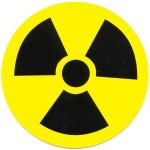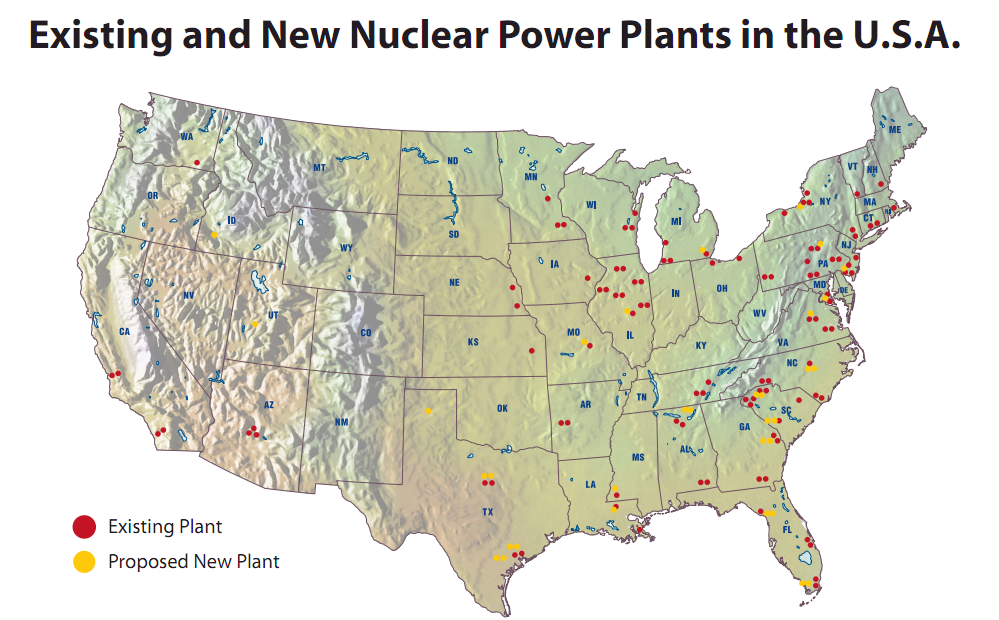As The U.S. Grows, Could Nuclear Energy Be A Solution?
 Recently I had a chat with nuclear energy lobbyist and former Army Col. Eric Rojo, who works with the Clean and Safe Energy Coalition (CASEnergy). He spoke the report issued by Nuclear Regulatory Commission’s (NRC) 90-Day Fukushima Task Force, noting that as the U.S. continues to grow, energy needs are going to have to be met somehow.
Recently I had a chat with nuclear energy lobbyist and former Army Col. Eric Rojo, who works with the Clean and Safe Energy Coalition (CASEnergy). He spoke the report issued by Nuclear Regulatory Commission’s (NRC) 90-Day Fukushima Task Force, noting that as the U.S. continues to grow, energy needs are going to have to be met somehow.
It’s neither realistic or sustainable for all of those energy needs to continue to be met by burning coal, by just solar, by just wind or by just anything. Rather, Rojo told News Taco, it’s important to keep nuclear energy as an option to work together with other energy sources.
Rojo told us that, according to the NRC’s report, the U.S. does not have problems that resemble Japan’s Fukushima plant, nor have U.S. nuclear plants been neglectful as have Japanese ones. Although the designs of the plants are similar, he told us that the U.S. has modernized its nuclear facilities in ways that Japan has not. Thus, he told us, we do not run the same risks that the Japanese do.
To underscore this point, Rojo noted that during a recent flood in Nebraska and tornadoes in Missouri, several power plants were in or around affected areas, but nothing happened. “Because we are safe,” he noted.
As the U.S. continues to grow, we’re going to need more energy, Rojo pointed out. And, since nuclear power plants have a life cycle of about 40 years, many of the currently operating ones are reaching that point, new plants will need to be constructed if nuclear is to remain a part of U.S. energy infrastructure.
Although waste is currently being stored in Nevada, what Rojo calls “the perfect place” for such storage, he also points out that this waste could be recycled, too, but for U.S. energy policy. All in all, Rojo said nuclear should be on the table as we discuss energy options going forward, and CASEnergy also supplied this neat map of current (red) and proposed (yellow) nuclear power plants. Note that most of them are not in the Southwest where Latino populations are concentrated.
Follow Sara Inés Calderón on Twitter @SaraChicaD
[Image Courtesy CASEnergy]

